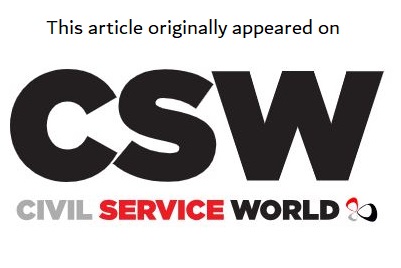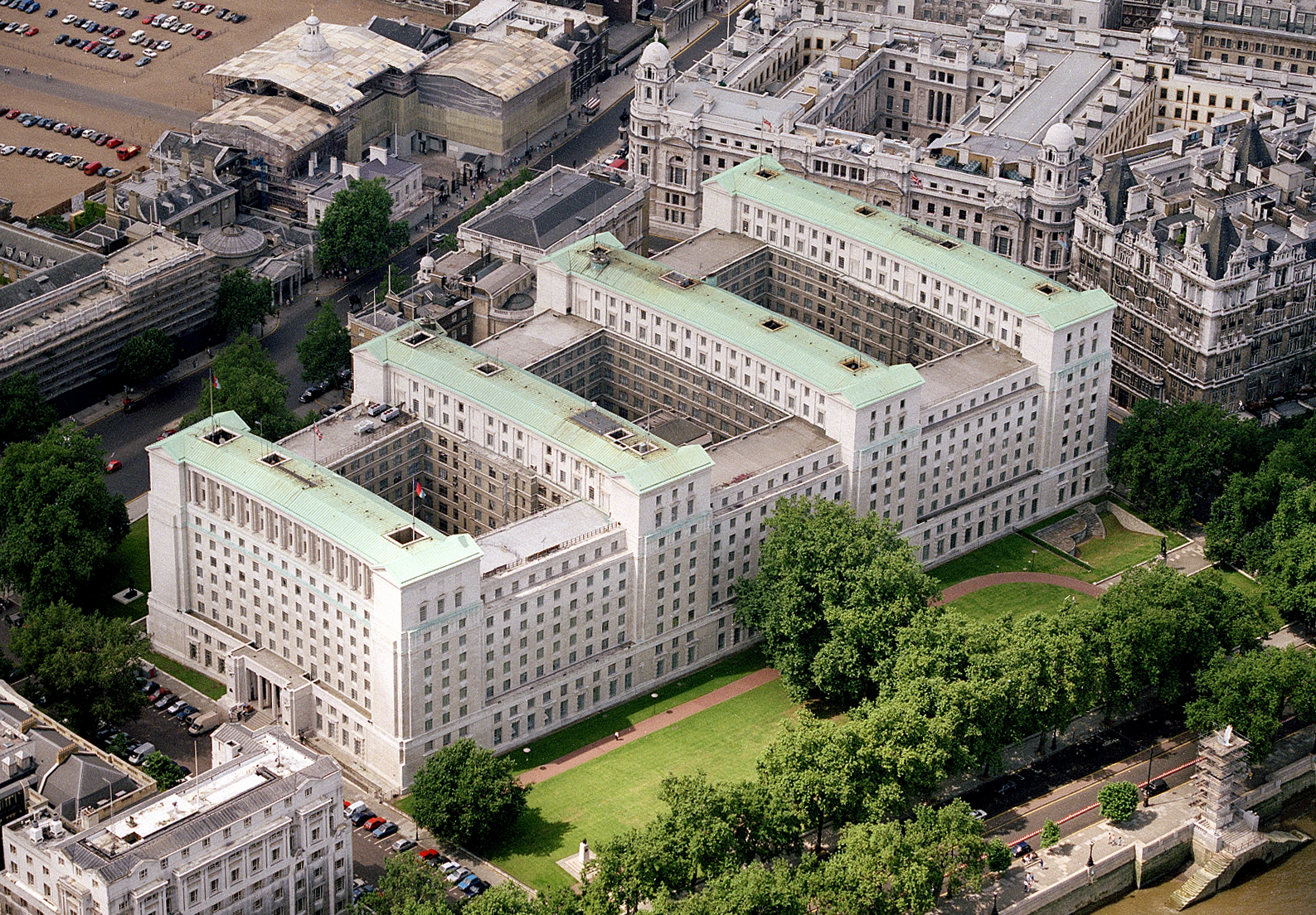A report from the Alan Turing Institute concludes that 140 million interactions between government and citizens each year have high suitability for automation, potentially saving ‘hundreds of thousands of hours’
More than four in five of the government’s decision-based services are highly automatable, according to a new study.
The figure includes all 20 such services that are provided by the Driver and Vehicle Licensing Agency and the Driver and Vehicle Standards Agency, the report by the Alan Turing Institute found. DVSA already uses some AI tech to help detect suspicious activity in its MOT submissions.
Researchers at the government-funded institute determined that UK central government departments and other public bodies carry out around one billion “citizen-facing transactions” per year across 377 services – including passport applications and universal credit processes.
They focused on 201 of these services, those they said “involved a decision and an exchange of information between government and a citizen”, such as registering to vote or applying for a national insurance number.
The institute said these services are made up of around 143 million complex but repetitive transactions, giving them a high potential for automation by AI. They also “consume the most effort within government and have the highest potential for time saving if they can be automated,” the researchers added.
The study found that 84% of the services could be easily automated – defined as defined as 75% of the transactions being “fully routine” tasks, while 69% of the services were made up of 90-100% “fully routine” tasks.
Of the government services the institute analysed, the least automatable service was “appeal against a visa or immigration decision”, the study found, with around 38% of the tasks for this provision considered routine.
For services like these, “we might expect to necessarily retain a considerable human component”, the institute said.
Related content
- Home Office plans ‘test cases’ for Microsoft Copilot generative AI tool
- DWP runs ‘generative AI Lighthouse programme – to test and learn in a safe environment’
- Government generative AI guidance promises ‘meaningful human control’
The study also grouped services into “topics” and found the most automatable were areas like “driving and transport” and “education, training and skills”, with topics such as “benefits”, “childcare and parenting”, and “national security” the least automatable.
The research focused on service transactions as “bundles of tasks, rather than the people who help carry out the transactions”. The institute said this focus “allows us to explore the potential of applying AI and machine learning for a specific aspect of service delivery, without assuming this requires entire occupation roles to be automated away”.
Dr Jonathan Bright, head of AI for public services and head of online safety at the Alan Turing Institute, said: “AI has enormous potential to help governments become more responsive, efficient and fair. Even if AI could save one minute per transaction, that would be the equivalent of hundreds of thousands of hours of labour saved each year. Achieving responsible and accurate automation with AI will require a lot of work, however the huge benefit justifies the investment needed.”
The study admits, however, that the research has several limitations:
- It only considered bureaucratic transactions that initiate access to a service, and not transactions required to keep services ongoing or to maintain access to them;
- The work was largely conducted through desk-based research without collaboration with service providers themselves. Therefore, they cannot be sure the mapping has been done perfectly;
- The extent to which tasks can easily be labelled as routine or non-routine is frequently debated, as well as how this definition might differ across contexts and occupations;
- In the absence of clear time-use data, the researchers assumed that an equal amount of time was spent on each task, which might result in the over or underestimation of automation potential.
“For these reasons, further work within government that attempts a more granular task-based mapping would be highly valuable, especially work which would involve direct engagement
with service delivery professionals to more robustly capture the nature of their day-to-day work,” the report said.
As well as automating routine tasks, the study also considered how non-routine tasks could be automated through generative AI. It found that some 70% services with a low percentage of routine tasks had “medium potential” for being automated through this emerging technology.
Last month, Cabinet Office secretary Oliver Dowden said AI is the “only sustainable path” to cutting back the size of the civil service as he announced plans to invest £110m in the Incubator for AI, the Cabinet Office’s AI unit, and in emerging technology to speed up what he described as “dogsbody work”.
A government spokesperson said: “Artificial intelligence has the potential to revolutionise public services and boost productivity. We welcome the findings of this study, and are continually looking for new ways to harness AI, such as to automate more of our government services. For example, the government has made a commitment to transform at least 50 of the Top 75 government digital services to a “Great” standard by next year, so that they are easier to use, quicker and more efficient, including through the responsible use of automation and AI. We have never viewed AI as a tool to simply replace jobs. Instead, by removing time-wasting admin and bureaucracy, we can free public servants to do what they do best – solve problems and deliver for the public.”





